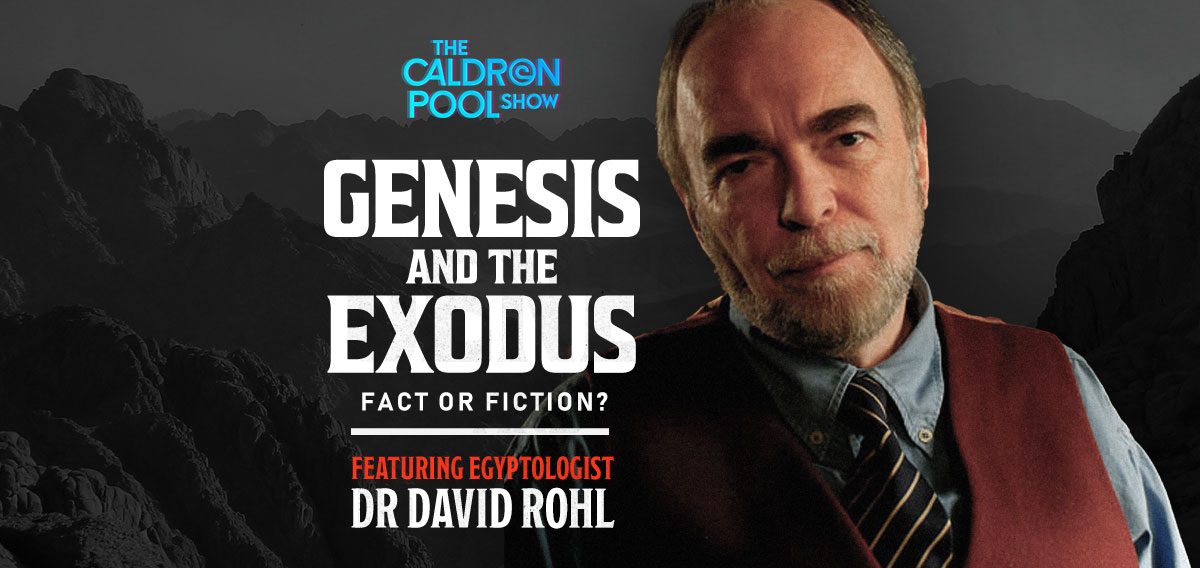Arguments in favour of abortion often fall into one of four categories. These categories can be summed up with the acronym SLED: Size, Level of development, Environment, and Degree of dependency.
But do any of these arguments justify the murder of the unborn? Can human value be measured by any of these four categories?
Size: This argument implies human value can be measured by the size of the human. The smaller the human, the less value that human has. Which is worse, murdering a 16-year-old or murdering a 2-year old? The 16-year old and the 2-year-old are both equally valuable. To harm either one is equally reprehensible.
We don’t measure a person’s value based on how small they are outside of the womb, so we shouldn’t measure a person’s value based on how small they are inside the womb.
Level of development: This argument suggests human value can be measured by a person’s level of development. The less development, the less value that person has. Which is worse, murdering a 16-year-old with a developed reproductive system, or murdering a 2-year-old who can’t yet bear children because her reproductive system is less developed?
We don’t measure a person’s value based on how developed they are outside of the womb, so we shouldn’t measure a person’s value based on how developed they are inside the womb.
Environment: This argument says human value can be measured by a person’s location. Where that person is located will determine how much value that person has. Which is worse, murdering a person in Australia or murdering a person in Canada? Is it worse to murder a person on earth or on the moon? In a car or in a hotel? At home or out at sea?
We don’t measure a person’s value based on their environment outside of the womb, so we shouldn’t measure a person’s value based on whether or not they’ve made a 7-inch journey through the birth canal.
Degree of dependency: This argument claims human value can be measured by how dependent you are on another person. Which is worse, murdering a 2-year-old who is dependent on her parents to provide food, clothing and safety, or murdering a 16-year-old who is capable of independent living?
We don’t measure a person’s value based on how dependent they are on others outside of the womb, so we shouldn’t measure a person’s value based on how dependent they are inside the womb.
According to Alan Shlemon from Stand to Reason, “These four characteristics are arbitrary and allow the strong to disqualify the weak, vulnerable, and defenseless. Sadly, history is crowded with similar examples. African Americans were victims of discrimination. They were a class of human beings that was disqualified from being valuable based on an arbitrary characteristic: their skin color. Jews were also victims of discrimination. They were a class of human beings that was disqualified from being valuable based on an arbitrary characteristic: their ethnicity.
“Today, the unborn are victims of discrimination. They are a class of human beings that are disqualified from being valuable based on arbitrary characteristics: their size, level of development, environment, and degree of dependency.”


















